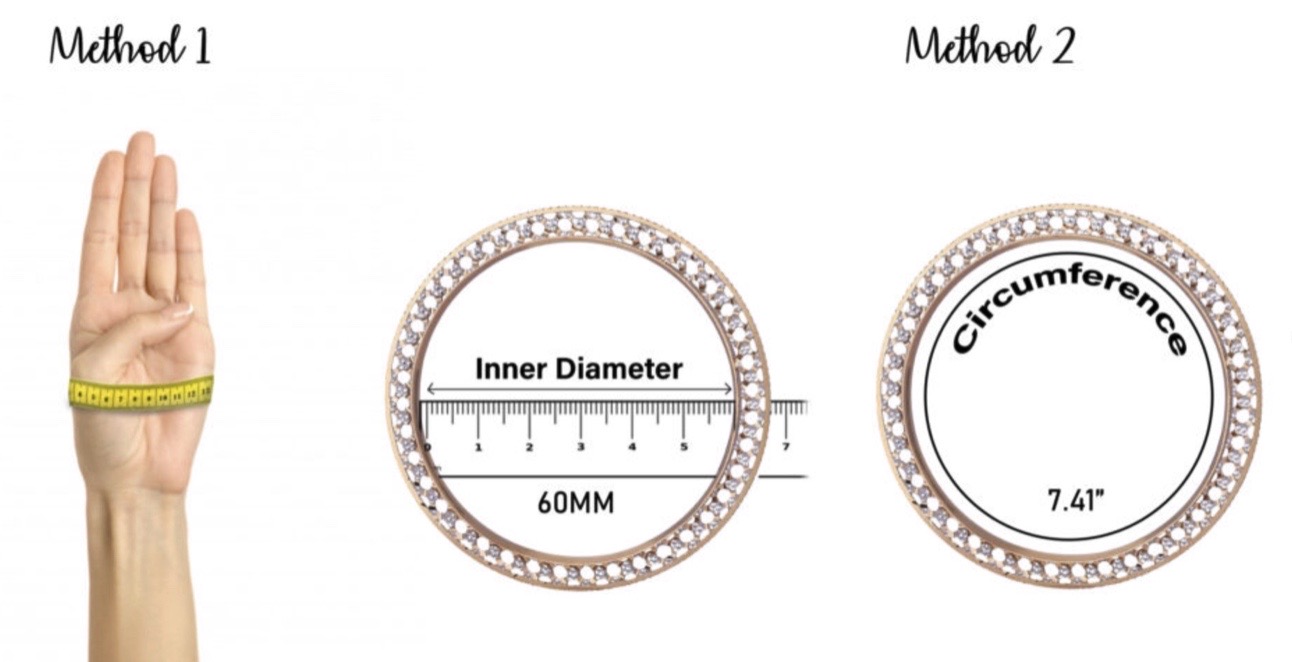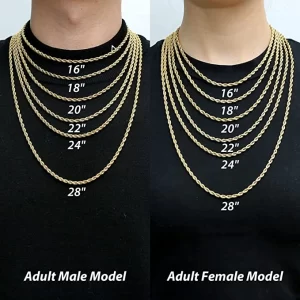What happens to mangalsutra after divorce?

Indian culture is known for its religious and symbolic jewelry pieces, and Mangalsutra is perhaps one of the most sacred. Worn by the Indian bride on her wedding day, the mangalsutra represents the eternal bond of marriage, and is placed around the bride’s neck by her husband during her wedding ceremony.
Not only is the mangalsutra placed around the bride’s neck during her wedding, but Indian custom states that the bride should also wear the necklace for the full duration of her marriage. In fact, breaking or removing the mangalsutra during marriage is seen as a bad omen for both the bride and her husband. So what happens to mangalsutra after divorce? In this blog, we’re going to take a look at the few instances where Indian brides remove mangalsutra, and what happens to this necklace when a couple legally separates. Let’s take a look.
WHAT IS MANGALSUTRA?
The mangalsutra is an ‘auspicious thread’ that is worn by Indian brides on their wedding day, serving as a symbol of their marriage and the commitment they’re making to their spouse. The mangalsutra itself consists of three parts: one knot which symbolizes the bride’s devotion to her husband, a second which honors her new parents-in-law, and a third which symbolizes commitment to God.
However, the three-knot mangalsutra isn’t always used today; many modern Indian brides now wear more simplistic versions that are practical for work and contemporary lives. That said, the tradition of black beads and gold – especially the 22k gold mangalsutra – remains.
While the mangalsutra draws comparisons to the Western wedding ring, it’s important to note its religious and historic symbolism; the mangalsutra is considered to be so sacred that it is only supposed to be removed after the death of the bride.
HOW IS MANGALSUTRA WORN?
Typically, the groom ties the mangalsutra around his bride’s neck as part of the wedding ceremony, signifying their union as husband and wife. The mangalsutra is then worn by the bride for the duration of her marriage, as a way of protecting her husband’s health while also signaling her status as a married woman.
WHY SHOULD A BRIDE NEVER REMOVE MANGALSUTRA?
In Indian culture, it is considered inauspicious to remove the mangalsutra for any reason, as wearing the necklace is believed to be a source of good luck and protection for the couple. The removal of a mangalsutra is seen as an omen of bad fortune, as it symbolizes the breaking of the bond between husband and wife.
WHAT HAPPENS TO MANGALSUTRA AFTER DIVORCE?
Given the sacred nature of mangalsutra, you might be wondering what happens to it in the event of a divorce. Firstly, it’s important to note that divorce rates in India are incredibly low: just around 1% of married couples in India opt for divorce. To highlight just how low this figure is, we can compare it to US statistics, which stipulate that around 50%of all American marriages end in divorce.
In the rare event of a divorce, the mangalsutra is not usually removed. While some bridges may choose to keep their mangalsutra as a symbol of the bond they shared, others may opt to discard theirs as a form of closure.
In general, it usually depends on the former bride herself; for example, if a younger woman wishes to remarry with a more suitable partner, she’ll most likely remove the mangalsutra to signify the end of the bond with her ex-husband.
On the other hand, an older woman separating from her husband amicably – and who isn’t looking to find a new partner or husband – will most likely continue to wear their mangalsutra as a symbol of their eternal bond. This is especially true if the couple share children.
WHAT DOES A WIDOW DO WITH HER MANGALSUTRA?
In the event of the death of the husband, an Indian widow is expected to take off her mangalsutra as a symbol of mourning. Ultimately, what happens to the necklace is up to the individual; some may choose to keep it as a reminder of their lost loved one, while others may pass it down to the next generation as a family heirloom. In earlier times, widows often kept their mangalsutra as a form of financial security, as Indian women lacked property rights until 1956.
THE BOTTOM LINE
While the removal of mangalsutra is mandated for widows, there is no such rule when it comes to divorce. Depending on her relationship with her ex-husband – as well as her future romantic prospects – Indian women have the liberty to decide whether or not to keep wearing their mangalsutra after separation.







